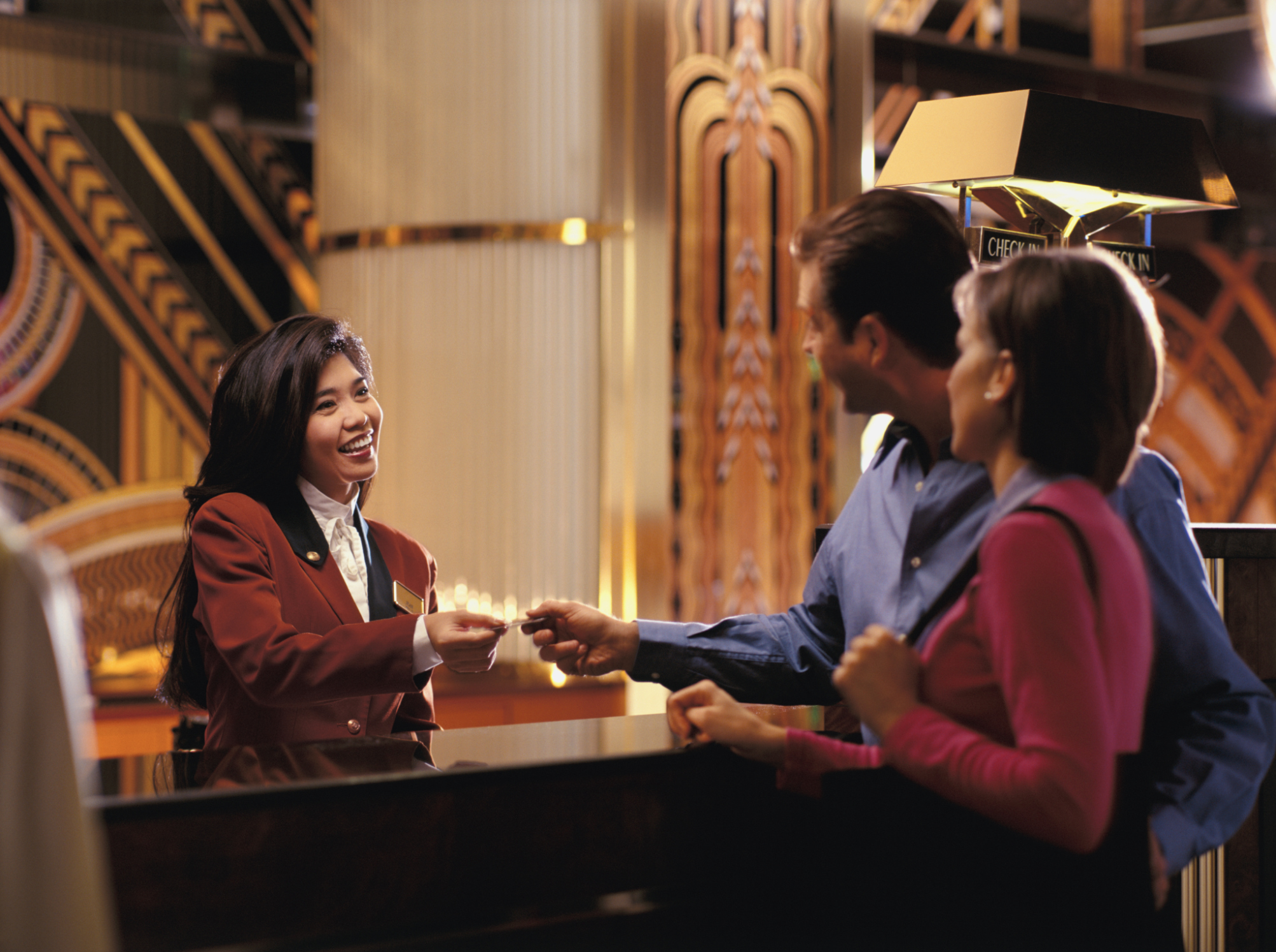The Three Pillars of Hotel Customer Service
Every good salesperson or individual working in guest service knows about guest expectations: you must first meet, and then exceed. This presupposes you are actually able to meet a customer’s expectations, because if you cannot, then it goes without saying that you will disappoint. However, meeting is just okay — mediocre at best. Being okay is not enough. Too many other hotels are already capable of this, so you aren’t differentiating yourself from the herd. By exceeding expectations, you will surprise and delight your guests — both positive sentiments to have for your hotel.
I want you to go one step further — or one pillar further. I want you to anticipate guest expectations — the pinnacle of service, in my mind. Think of it as you would a relationship with a person. When you are strangers, wants and needs must be spelled out. When you are acquaintances, expectations are more readily and more accurately met. When you are friends (and not just Facebook friends), not only do you know what’s required to exceed any wants, but you are able to predict what’s actually needed.
The way I like to think about it is in terms of birthday gifts. Strangers give cash while true pals give presents that, while not necessarily the most expensive, are always the most thoughtful. Your best friends are the people who you would help out and support in a heartbeat, and they would (hopefully) do the same for you. Beyond camaraderie, though, these individuals are also your biggest advocates, spreading your praise when you’re not around. Ask yourself: do any of your guests consider your hotel brand to be a best friend, or at least an organizational equivalent?
While exceeding might surprise, anticipating will definitely leave guests in awe. Although you must always strive to meet expectations, exceeding and anticipating are much harder feats. Here are four suggestions to help move you along in the proper direction:
1. Heighten internal communications.
Building bridges between departments helps with guest anticipation, as it will allow managers to share ideas and anecdotal trends they have observed through their day-to-day work.
2. Examine customer analytics.
You can either recruit an outside firm or create a new “consumer analytics” position. The mission is the same: decipher patterns in past guest behavior so you can better prognosticate future visitor requests. This doesn’t solely have to be an internal data mining activity; incorporate Big Data techniques that encapsulate your competitive set as well as qualitative (or not directly quantifiable) feedback such as TripAdvisor reviews to name one. Examining analytics also means doing a lot of grunt work on social media to get to know your consumer demographics (age, gender, location) and psychographics (interests, hobbies, motivations).
3. Embrace bold new tech.
While the front end of many new devices or hotel software kits focus on improving the guest experience, the back-end strategy of capturing more data will inevitably help towards developing relationships with prospective guests. One huge area on the cusp is location analytics — using consumers’ smartphones to see how people move within a space and what specific areas are most utilized (just one exemplary application).
(Article published by Larry Mogelonsky in HOTELSmag on May 30, 2013)




